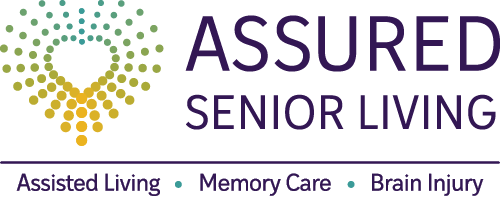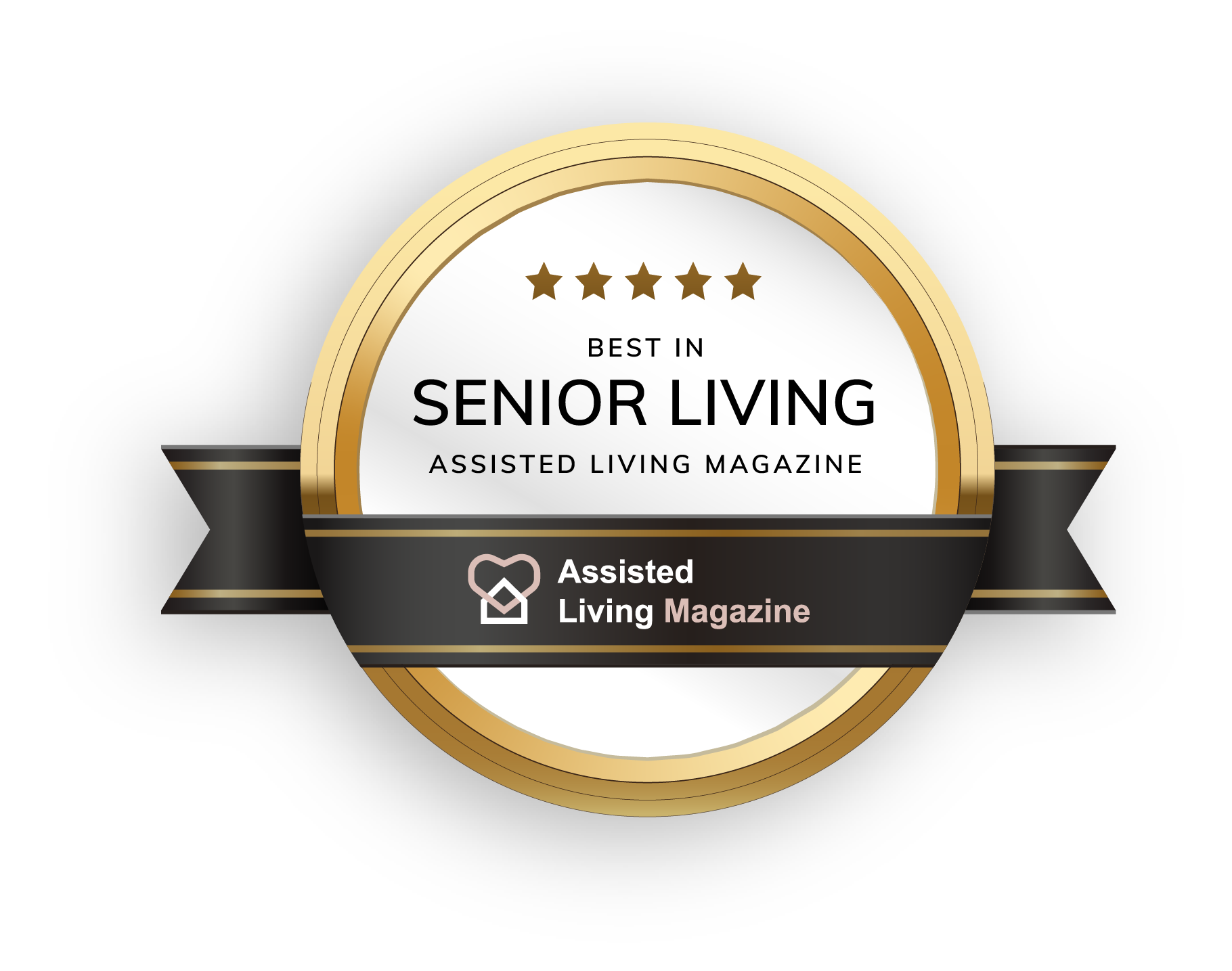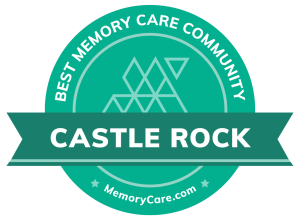Give us a call: (303) 814-2688
Email us on: francis@assuredal.com
BLOG
Assisted Living vs Nursing Homes: Which One is Right for Your Loved One?
When looking at nursing homes and assisted living communities for long-term care for your loved one, there are several factors to consider. There are important differences between these senior living options, so you want to choose the best type of facility that matches the health care needs and personal preferences of your family member. Considerations include the level of care and type of assistance that is needed, your loved one’s mental and physical health status, and their personal desires. If cost is a concern, you’ll need to find a solution that is within your budget or have a plan in place for help with expenses.
In this article, we examine the difference between assisted living facilities and nursing homes, and how to determine the right choice for your loved one. Assured Assisted Living is your premiere resource for expert residential care.
What is the Difference Between a Skilled Nursing Facility and an Assisted Living Facility?
A nursing home is designed for acute medical rehabilitation or long-term medical care and doesn’t offer the variety of recreational and social activities that assisted living facilities do. There are typically fewer residents in an assisted living facility.
Nursing Home Pros and Cons
One of the advantages of a nursing facility is that it includes 24-hour skilled nursing care, with limited medical treatments available. A nursing facility can accommodate those who need assistance to move around, and daily medical care is available.
However, there are several disadvantages of a nursing facility. Although some nursing homes are smaller, most are large institutional facilities with on average 100 residents. There is a lower caregiver to resident ratio, which leads to less personalized care.
Nursing homes tend to have limited activities, and while they have common indoor areas, outside areas are limited. Nursing home care is more expensive than assisted living.
Assisted Living Pros and Cons
A main advantage of an assisted living facility is that it provides long-term care in a comfortable, home-like, social setting. There are fewer residents than in a nursing home (the average is 50), with a higher caregiver to resident ratio and more personalized care.
Senior living communities typically offers a wide range of social and recreational activities, in addition to non-medical transportation. Accommodations are in private or shared apartments and studios with private baths and kitchenettes, with common living space and spacious outside grounds. A common misconception is that nursing home care is the only option for someone living with Alzheimer’s, but people with dementia can do very well in an assisted living community. This is especially true when there is a special memory care unit. Assisted living is less expensive than a nursing home.
The primary disadvantage of assisted living is that it doesn’t include round-the-clock skilled nursing care and is usually not designed for people who have trouble moving around.
However, the medicalization of assisted living is having an impact on long-term care environments. Many medical services can now be brought into senior living facilities through home health services. These include physical therapy, occupational therapy, speech therapy and wound care.
Direct Care Ratios at Nursing Homes and Assisted Living Communities
When comparing the staffing at assisted living communities and nursing homes, you should focus on the direct care staff — that is, caregivers who provide support and assistance to residents who cannot perform routine daily activities without help. The direct care staff to resident ratio at a nursing home (home health aides, CNAs or caregivers) can be as high as 1 to 14. This means that each caregiver may have 14 patients to attend to. The same can also be true with some of the larger senior living facilities.
Does Assisted Living Cost More Than a Nursing Home?
A nursing facility can cost nearly twice as much as a senior living community. The average monthly cost for nursing home care is $7,441, compared to approximately $4,000 for an assisted living community and $4,800-$5,200 for supervised dementia care.
Is Assisted Living Better Than a Nursing Home?
This depends on your loved one’s needs and desires. If they require 24-hour medical care, a nursing home may be more appropriate. If they need assistance with daily activities, supervision, plus recreation and social opportunities in a home-like setting, an assisted living facility is better.
What is the Next Level of Care After Assisted Living?
The next level of care is usually a nursing home, with round-the-clock medical care. However, it is possible to get a high level of care for your family member in a comfortable home-like environment. Assured Assisted Living offers a unique, customized approach to senior living.
Assured Assisted Living: The Best Nursing Home Alternative
At Assured Assisted Living, our mission of to provide our residents with the highest level of care while helping them to achieve their goal of independent living as much as possible. We specialize in individualized memory care for those with Alzheimer’s and other forms of dementia.
Assured offers:
- A direct care ratio of 1 to 4 – We provide one caregiver for every four residents, which is a far better staffing ratio than a nursing home and many assisted living facilities. This ensures that we meet the needs of our residents.
- Purpose-built ranch style homes – Unlike nursing facilities, Assured care homes are designed to look and operate like a person’s own home, with a close family unit of residents and caregivers. These homes have had safety and security improvements to make the houses ideal for those with dementia and physical limitations.
- An intimate residential home – Our care homes have a maximum of 8 to 12 residents — significantly less than a 100-bed nursing home. Our homes are welcoming, with no harsh, intimidating long corridors like you’d find in an institutional setting. They are designed to flow and feel like a family home, located in attractive residential neighborhoods.
- A more personalized and higher quality care experience – We truly place our care before all else. Our caregivers are highly skilled in caring for the needs of those with Alzheimer’s and dementia. Residents are assisted and engaged on a one-on-one level. We know that a personalized care experience is critical for our older adults to thrive.
- Lower turnover and more consistent staff – Residents engage with the same 6 to 8 caregivers weekly, as opposed to being engaged by 30 different staff members per week in a nursing home. Routines, familiarity and consistency are extremely important for those with dementia.
- Montessori activities – These have been shown to be effective for people with dementia . The Montessori technique uses art, music therapy and physical activities to create sensory activities to stimulate positive emotions. We create purpose driven moments through positive engagement and mutual respect.
- Exceptional end of life care – We bring in hospice agencies to assist our team to provide a positive end of life experience for our residents and families.
- A dynamic care setting – We are constantly innovating to ensure that we provide the best care and environment for our residents.
Contact us today to learn more about our personalized dementia and memory care services.
All Rights Reserved | Assured Senior Living














